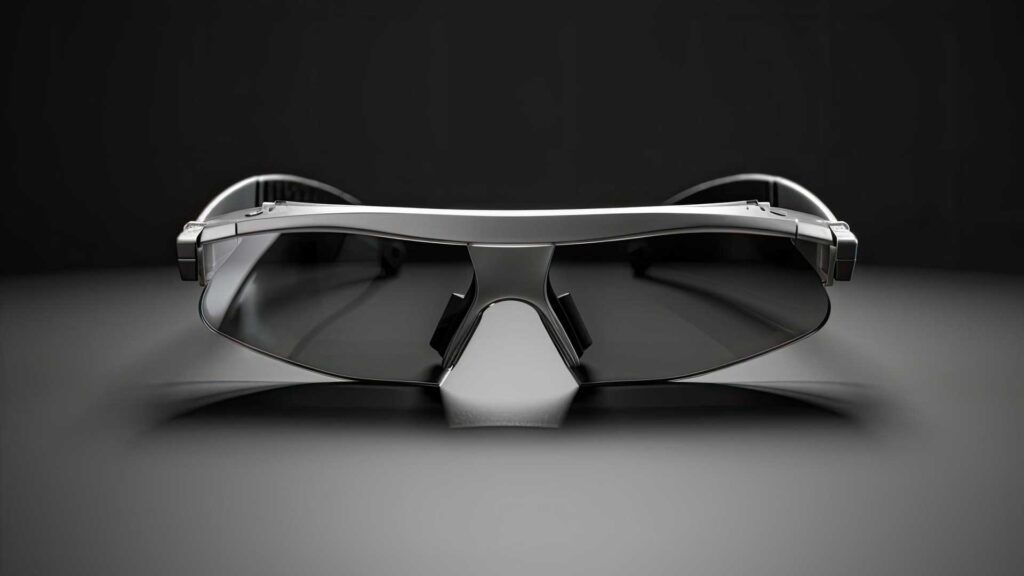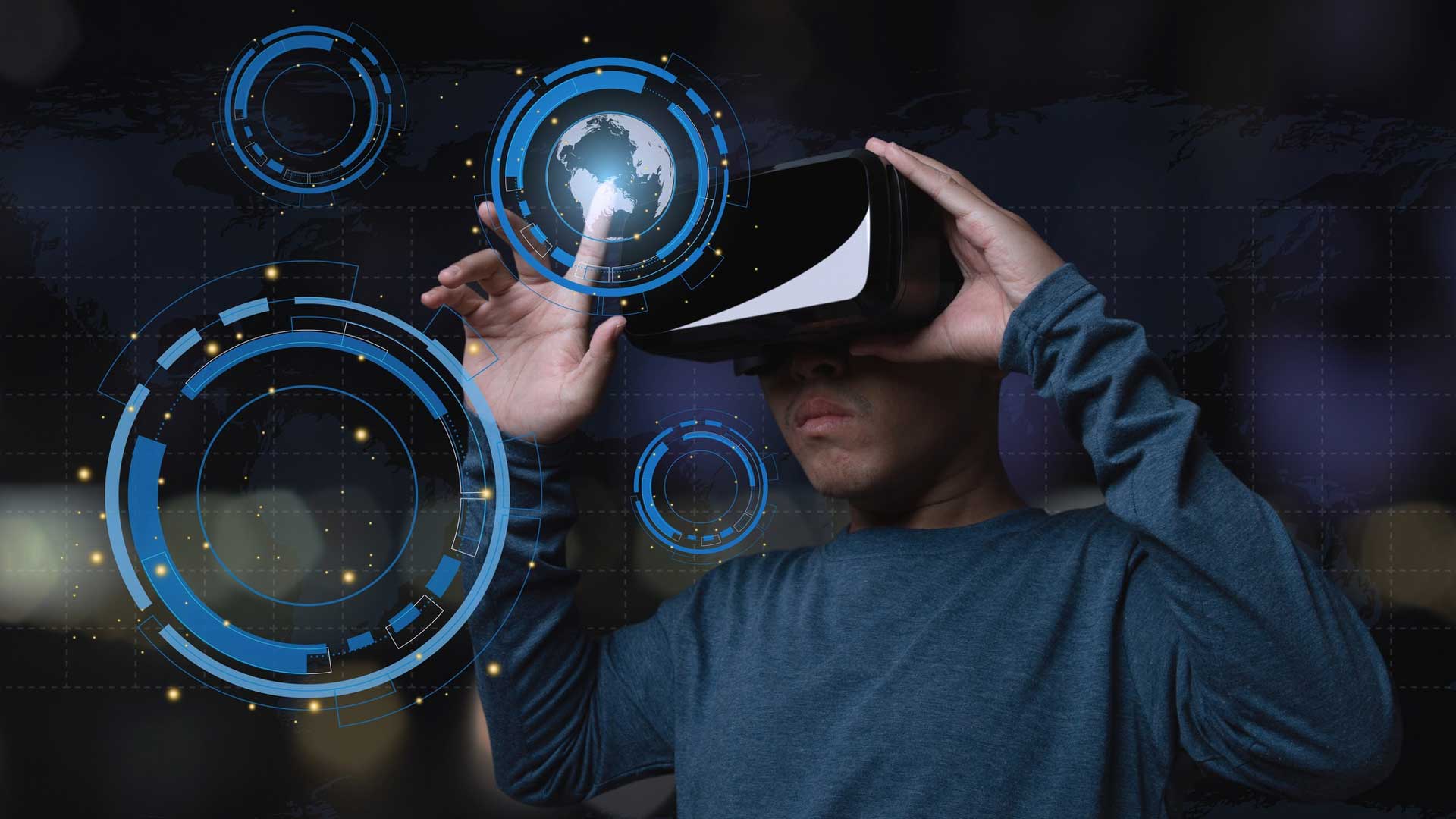Imagine a world where every new gadget becomes a hit. Sounds cool, right? But in reality, not every tech idea turns into the next big thing. Some inventions, even with lots of buzz, end up being left in the dust.
Let’s explore some tech innovations that never really caught on. For instance, think about 3D TVs. A few years back, they were all the rage, with companies promising that you could watch shows like you were right there in the action. But they didn’t quite click with people.
Why? Well, wearing those glasses at home wasn’t cool, and there wasn’t enough 3D content to make it worth it. Then there’s the Segway. Remember when it was supposed to change how we get around? Instead, it’s mostly just seen as a tourist rental or a mall cop’s ride. And let’s not forget about Google Glass. It was a pair of glasses that let you do things like take photos and get directions. But people weren’t ready to have a mini-computer on their face all the time. Plus, they were pretty expensive.
These examples show us that even if a tech idea seems like it’ll be the next big thing, it doesn’t always work out that way. It’s a reminder that making something new and cool isn’t enough. It has to be something that people really want and find easy to use in their everyday life.
High-Tech Glasses That Didn’t See Success

Google Glass seemed like a gadget straight out of a sci-fi film: imagine wearing glasses that let you browse the web, snap pictures, and do a bunch more without using your hands! It was a big leap in wearable technology, and it got a lot of people talking. Despite its fancy features and the buzz, these glasses came with a hefty price tag. But the excitement fizzled out pretty quickly because they had a major flaw.
The problem with Google Glass was that it didn’t have a clear advantage over the smartphones we carry around all day. Smartphones do a lot of things really well, and everyone already knows how to use them. So, when people asked, “Why should I buy these glasses instead of just using my phone?” there wasn’t a good answer. The glasses needed to offer something extra special to convince people to switch, but they didn’t.
Without a compelling reason to choose them over a smartphone, not many people wanted to buy Google Glass. And because not enough glasses were sold, they eventually vanished from the public eye. It’s a reminder that even the coolest-sounding gadgets need to solve a real problem or improve our lives in a noticeable way to be successful.
A Smartwatch That Couldn’t Outsmart Its Flaws

When the Puls smartwatch was introduced, it was meant to be a game-changer in the world of wearable technology. Designed with input from the famous musician will.i.am, the Puls promised to be more than just a watch—it was a standalone device that didn’t need a phone to function. Imagine having all your phone’s powers right on your wrist! Unfortunately, the reality didn’t quite match the expectation.
The first hiccup was the screen size. If you’ve ever tried typing on a tiny keyboard, you know it can be a struggle. Now, shrink that down to something that fits on a watch, and the difficulty increases. Users found that sending texts, a breeze on a regular smartphone, was a chore on the Puls. The screen was just too small, turning a simple message into a frustrating task.
Aside from the size issue, the Puls had a unique feature that was supposed to set it apart: it claimed to be able to guess your mood based on the tone of your voice. Sounds cool, right? Well, in practice, this feature didn’t work as well as hoped. It often got things wrong, leaving users skeptical about its usefulness. After all, if your smartwatch can’t correctly tell if you’re happy or sad, is it really that smart?
Ultimately, the Puls didn’t resonate with consumers. A product needs to solve problems or improve our lives in some way. But with the Puls, people struggled to see its value—why wear a watch that makes things harder, not easier? Without a clear advantage or reliable features, the Puls smartwatch faded into the background, overshadowed by other devices that better understood what users wanted and needed.
A Juicer That Squeezed Out Its Own Market
The Juicero made a splash as a high-end kitchen appliance designed to create fresh juice with the push of a button. It used exclusive packets filled with chopped fruits and vegetables. The idea was to offer convenience and quality in one package. However, the machine’s sole function was to press these special pouches to extract juice, which raised some eyebrows.
Curiosity led some users to test whether these packets could be squeezed by hand. To their surprise, they could indeed extract juice without the need for the pricey device. This discovery quickly spread, and the Juicero became more associated with its limitations than its benefits. The public began to question the necessity of such a gadget when a simple hand-squeeze could achieve the same result.
As the conversation shifted, the Juicero was increasingly seen as an unnecessary luxury rather than a kitchen staple. The initial excitement was overshadowed by the realization that the device didn’t offer much beyond what people could do with their hands. This shift in perception turned the product into a running joke rather than a symbol of convenience and innovation.
The story of the Juicero serves as a reminder in the world of consumer products: functionality and practicality often trump novelty. A product must justify its place in the market by offering a clear advantage over simpler methods. In the case of the Juicero, failing to provide a significant benefit over the traditional way of juice-making led to its decline.
A Cryptocurrency That Crashed
Imagine having a type of money that only exists on computers – that’s what cryptocurrencies like Bitcoin are. But not all digital currencies turn out to be safe bets. One such example is BitConnect. Initially, it seemed promising, just like Bitcoin, and many people were excited about it. However, BitConnect’s journey took a dark turn.
What made BitConnect stand out was how quickly its value went up. People saw its price skyrocket and hoped to make a fortune by investing in it. Unfortunately, this fast growth was not because BitConnect was doing well, but because it was designed to deceive people. In reality, it was a Ponzi scheme. This is a type of scam where the money from new investors is used to pay earlier investors, making it seem like the investment is doing well, when it’s not.
The creators of BitConnect were behind this scheme. They owned a lot of BitConnect coins and decided to sell them all at once. This is known as a sell-off. When they did this, BitConnect’s value plummeted, meaning it dropped very fast and very far. As a result, people who had invested their money in BitConnect lost a great deal. Many were left with nothing to show for their investment.
This unfortunate event is a critical reminder to everyone interested in digital currencies – always be cautious. Investing in new, digital forms of money can be risky. It’s important to research thoroughly and understand where you’re putting your money. Remember, if something seems too good to be true, like an investment that grows in value super fast, it might just be a trap.
So, before jumping into any investment, especially cryptocurrencies, it’s wise to talk to someone who knows a lot about money, like a financial advisor. They can help you figure out what’s safe and what could be a risky move. By being careful and doing your homework, you can avoid falling into traps like the one set by BitConnect.
Short Videos That Fell Short
Quibi’s Big Idea
Imagine an app designed to let you watch movies and shows in bite-sized episodes, each one just a few minutes long. That was Quibi’s big plan. The idea was to make it easy for people to enjoy entertainment on their phones, especially when they only had a little bit of free time, like during a bus ride or while waiting in line for coffee.
Launch Troubles
Quibi launched in April 2020 with lots of excitement. But it faced trouble right from the start. The timing was tough – people were staying home more because of the pandemic and didn’t need short videos for on-the-go entertainment. Plus, Quibi didn’t let you watch on bigger screens like TVs, which is what many people preferred while at home.
User Count Dilemma
For an app to succeed, lots of people need to use it. But Quibi struggled to attract viewers. Despite a free trial offer, not enough people signed up. The shows and movies were unique, but they weren’t enough to keep users coming back for more. With too few viewers, Quibi couldn’t make enough money to keep going.
The Quick End
Only six months after it started, Quibi announced it was shutting down. This was a shock because it had seemed like a fun new way to enjoy videos. But without enough people using the app, Quibi couldn’t continue. It’s a reminder that even a good idea needs lots of fans to succeed.
A Phone That Fizzled Out
Imagine a world where the same company you rely on to buy your books, games, and all sorts of goodies tries to make a phone. That’s what happened with Amazon, a name that’s pretty much a household word for online shopping. They came up with the Amazon Fire Phone. It was their big leap into the bustling phone market. But, as it turns out, making a popular phone is a lot different than selling toys or electronics online.
The Fire Phone was packed with some features that the creators thought would make it stand out. It had a screen that could show things in 3D and had cameras that could track your head movements. Sounds cool, right? However, these features didn’t really hit the mark. They were supposed to change how we use our phones, but they ended up feeling more like gimmicks—neat tricks that are fun at first but don’t really add much to the experience.
Another big hiccup for the Fire Phone was its app store. When it comes to smartphones, apps are king. They let you do everything from ordering a pizza to learning a new language. Unfortunately, the Fire Phone didn’t give access to the vast sea of apps available on other platforms like Android’s Google Play or Apple’s App Store. This meant that many of the apps people loved and used every day weren’t available on the Fire Phone. It’s like having a super-fast race car but being told you can’t drive it on the main roads.
Despite Amazon’s big dreams, the Fire Phone didn’t become the next big thing. In the tech world, where new gadgets come out all the time, the Fire Phone quickly became a distant memory. It’s a reminder that not all gadgets, even from the biggest companies, become hits. Sometimes, they just don’t click with what people need or want. And in the case of the Fire Phone, it seems that Amazon’s recipe for success in online shopping didn’t quite translate to creating a beloved smartphone.
A Social Network That Didn’t Socialize Well
Google+, which was Google’s attempt at creating a social network, aimed to compete with giants like Facebook and Twitter. Despite the company’s big plans, Google+ struggled to attract users and make a significant impact. One of the main reasons was that it didn’t provide the features and experiences that people were looking for in a social platform.
Connecting with friends on Google+ was a challenge, especially when those friends were spread across different platforms. Unlike other popular social networks, Google+ didn’t offer the same level of connectivity or ease of use. This made it difficult for users to find their community and share their experiences, which is a core part of what makes a social network appealing.
As a result of these issues, not many people used Google+. The platform didn’t manage to build a large or active user base. Over time, it became clear that Google+ couldn’t keep up with its competitors, who were constantly innovating and growing their communities. This lack of user engagement and growth led to Google’s decision to eventually shut down Google+. The company ended the service, focusing instead on other areas where it could better serve its users.
Google+ serves as a reminder that even large companies like Google can face challenges when trying to enter established markets. It’s important for social platforms to meet user needs and preferences right from the start to thrive in a competitive digital world.
Two-Wheeled Wonders That Stayed Niche
Segways, which you might recognize as those self-balancing scooters, seemed like they leapt from the pages of a science fiction novel when they debuted. They promised a new era of personal transportation, with riders effortlessly gliding to their destinations. Despite the initial excitement, these devices came with a hefty price tag, often costing as much as a used car, which made many people think twice about purchasing one.
Moreover, Segways faced the tough question of practicality. In cities, where sidewalks are crowded and streets are busy, Segways didn’t fit in smoothly. They were too bulky to be taken onto public transport easily and not fast enough to keep up with city traffic. In contrast, bicycles and scooters offered more flexibility, and walking provided a zero-cost alternative. For longer distances, cars and public transportation systems already had the upper hand.
Today, Segways are still in production, but they are far from being a common sight on our streets. They found a niche market, often used by tour groups in cities, security personnel in malls, and in some warehouses. However, for the average person, Segways didn’t become the transportation revolution that was once anticipated. They’re an interesting chapter in the history of personal transport gadgets, but not the main character as many had hoped.
A Windows Update That Needed an Update
When Windows 8 arrived, it was a major shift from what computer users were used to. The interface, which is the way the screen looks and how you interact with the computer, was designed to be more modern and touch-friendly. This was a big leap, especially since many people were still using traditional desktops and laptops without touchscreens.
However, this new version had a big surprise: the familiar “Start” button was gone. For years, clicking on this button had been the way to find programs and files. Instead, Windows 8 introduced a screen full of tiles that represented different apps. This change was meant to make things simpler and cleaner, but it turned out to be confusing for many. Users found it difficult to navigate and missed the ease of the old layout.
The feedback was clear: people wanted their “Start” button back. They also missed other features like the ability to easily access the control panel or shut down their computer. All these changes were too much, too fast, and didn’t feel like the Windows they were familiar with.
Listening to their audience, Microsoft took action. When they released the next version of Windows, they made sure to bring back many of the classic features that users missed. The beloved “Start” button made a comeback, and the system was tweaked to feel more familiar and user-friendly. This update showed that even big companies like Microsoft need to listen to their users and sometimes, a step back is a step forward.
The evolution of Windows is a perfect example of how important it is for technology to be user-friendly. Even though companies might introduce new features to stay ahead, they have to make sure that their products meet the needs and expectations of their customers. After all, what good is a fancy new tool if it’s not something people find helpful?
Learning from Tech Missteps
These tech tries show us that not everything that’s new or different is guaranteed to work out. Sometimes, being too gimmicky or not thinking about what people really want can lead to a flop. But that’s okayâmistakes help us learn, and sometimes they even give us a good laugh!

